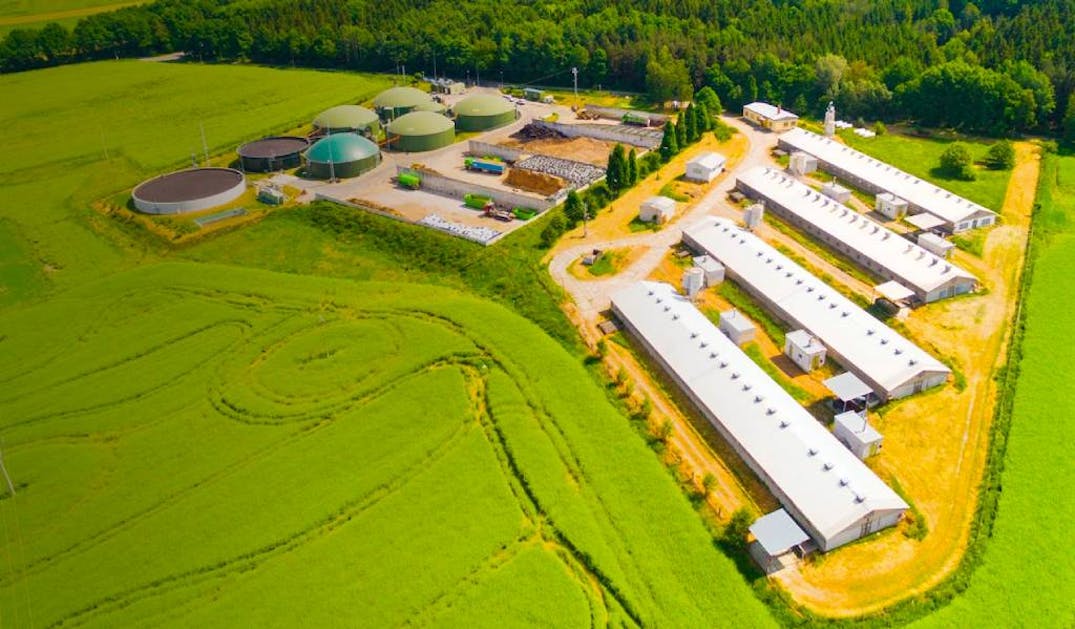Renewable Power
The first energy transition sub-pillar of renewable power refers to electricity from carbon-free or carbon-neutral sources that are naturally replenishing and sustainable. These include solar, wind, geothermal, wave energy, green hydrogen, sustainable hydroelectric, and biomass. Renewable power is vital for reducing greenhouse gas emissions, cutting air pollution, and promoting energy independence. Technologies like solar panels, wind turbines, and geothermal plants emit little to no pollution during operation, creating a cleaner, healthier environment. Expanding renewables requires major investment in infrastructure—solar panels, wind farms, and other technologies—along with government and private incentives such as subsidies and tax credits. Integrating renewables into power grids through smart technology and better storage systems will further improve reliability and efficiency.
Solutions Pathways for Renewable Power
.jpg?auto=compress%2Cformat&w=1075)
.jpg?auto=compress%2Cformat&w=1075)
.jpg?auto=compress%2Cformat&w=1075)
.jpg?auto=compress%2Cformat&w=1075)
%20(1).jpg?auto=compress%2Cformat&w=1075)
.jpg?auto=compress%2Cformat&w=1075)
.jpg?auto=compress%2Cformat&w=1075)


